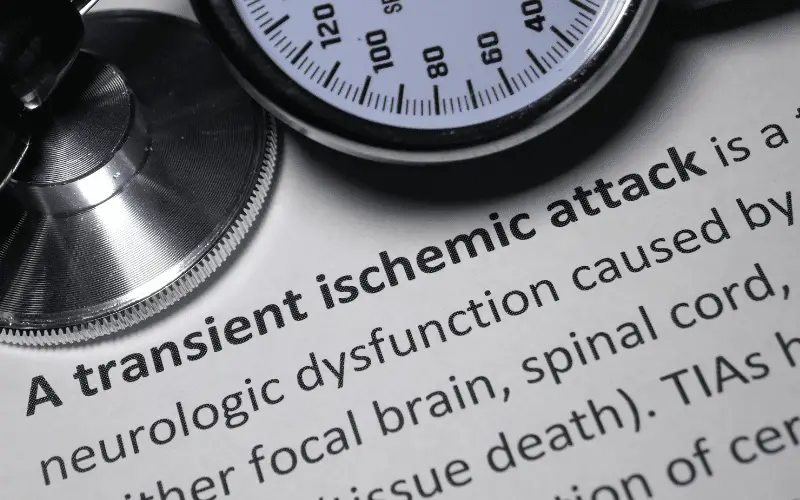Introduction: The Intricacies of Ischemic Cardiomyopathy

Stepping into the complex realm of cardiovascular health, you may stumble upon the term “ischemic cardiomyopathy.” This condition, while not often discussed in everyday conversation, plays a substantial role in global heart health scenarios. To enhance awareness and aid early detection, it is essential to delve deeper into this topic, identifying its symptoms, and understanding its nature.
Ischemic cardiomyopathy, a condition that affects the cardiac muscles, is a result of restricted blood flow to the heart. Often associated with coronary artery disease (CAD), ischemic cardiomyopathy arises when narrowed or blocked arteries hinder the heart’s nutrient and oxygen supply.
Coronary artery disease is often the result of a build-up of cholesterol and fatty deposits in the arteries, a condition known as atherosclerosis. As these deposits increase, they form a plaque that narrows the arteries and reduces the blood flow to the heart. Over time, this decreased blood flow can lead to ischemia, a condition where part of the heart muscle becomes deprived of oxygen. Ischemic cardiomyopathy is, therefore, the term used to describe the changes and damage in the heart’s muscle due to this reduced blood supply.
Understanding ischemic cardiomyopathy means recognizing its implications. The heart’s primary function is to pump blood throughout the body, supplying the essential oxygen and nutrients that the organs need to function. However, as ischemic cardiomyopathy weakens the heart muscle, the heart’s efficiency as a pump diminishes. Consequently, the body starts to experience various symptoms associated with the reduced blood supply.
This condition is not one to be taken lightly; it’s the leading cause of heart failure in most developed countries. According to a study by the American Heart Association, about 2.4% of people above the age of 20 in the United States have heart failure. A significant percentage of these cases is due to ischemic cardiomyopathy. Therefore, recognizing the signs and symptoms of this condition can be a crucial first step in managing the disease.
Symptom 1: Chest Pain or Angina

As ischemic cardiomyopathy reduces blood flow to the heart, one of the first symptoms that patients typically experience is chest pain, scientifically termed as “angina.” This sensation isn’t just any minor discomfort; it’s often described as a heavy, suffocating feeling, as if a large weight is pressing down on the chest.
Patients sometimes mistake angina for heartburn due to the burning sensation that can accompany it. Yet, it’s not just restricted to the chest. The discomfort can radiate outward, affecting the shoulders, arms, neck, jaw, and even the back. It’s a pain that’s difficult to ignore, a persistent reminder that something is off with one’s health.
One distinguishing factor of angina is its tendency to appear during periods of physical exertion, emotional stress, or even after a heavy meal, when the heart has to work harder. These episodes are typically temporary and subside when the heart gets some rest. However, if the chest pain is persistent, it may suggest a more severe form of CAD or even a heart attack.
Angina doesn’t always present the same way in everyone. Its intensity can vary from person to person. For some, it could be just a slight discomfort, while others might experience a crippling pain. It’s a unique symptom, one that can be as complex as the condition it signals. (1)